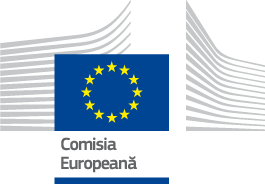The region Oeste consists of several fishing communities primarily dedicated to small scale fishing and gathering activities such as the gathering of shellfish, seaweed, mussels and barnacles, using mostly small boats. It includes two municipalities, Peniche and Nazaré, which act as twin centres of fishing activity and attract skilled labour, investment, business equipment and infrastructure.

